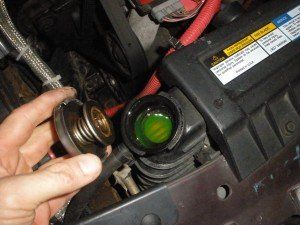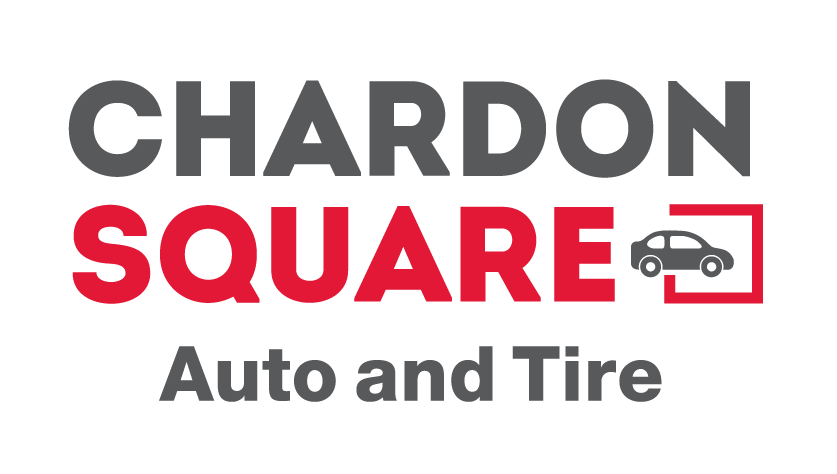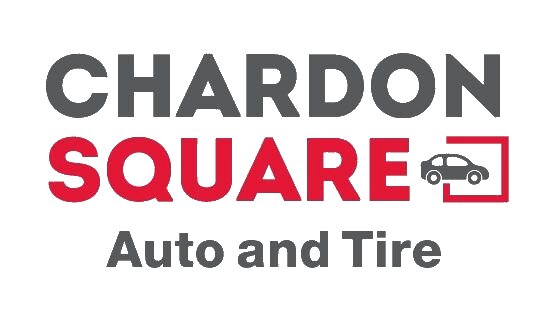Cooling System Service Chardon, OH
Cooling Systems Keep Your Car on the Move…
When you drive your car, how your cooling system is performing probably isn’t a big concern until something happens and you end up on the side of the road.
At Chardon Square Auto & Tire, we know how critical a cooling system is to a vehicle. Your car’s cooling system has been designed to manage the heat output from the engine and other parts, allowing your vehicle to work optimally and keeping you and your family safely on the road.
If your cooling system isn’t working, it can lead to significant damage. Overheating can crack the cylinder heads of the engine and lead to blown gaskets. It can warp or crack the pistons and it can cause burned injectors and rings. The bottom line is that your cooling system protects your car from expensive damage.
Don’t take a chance on expensive engine repairs from a failed cooling system. Stop at Chardon Square Auto & Tire today and let our team of technicians make sure your engine’s cooling system is working optimally.
About Your Car’s Cooling System
There are two main types of cooling systems - air cooled engines and liquid cooled engines. Most of today’s technologically advanced cars are water cooled.
For a liquid-based system, our Chardon Square Auto & Tire technicians will start with a visual inspection that includes the radiator, the cooling engine fan, and belts and hoses. Next comes a pressure test in which the technician checks the liquid cooling system to test for leaks that show up in hoses and lines.
Another pressure test will be performed to check for leaks inside the system. A third pressure test will make sure that the radiator cap is solid, secure and will hold firm. The technician will check the thermostat to make sure it opens and closes the way that it should. The final step of routine cooling system maintenance is doing a complete flush of the system and refilling it with new coolant.

Be Careful Removing The Radiator Cap

If you decide that you want to check your own cooling system, one caution: be careful removing the radiator cap. The radiator’s heat and pressure build up to dangerous levels when a car is running. Serious injury can come from removing the cap from a hot engine. If too much pressure has built up, removing the cap can send boiling water and steam up and out in all directions.
Turn off your car and allow it to sit with the engine off for at least 30 minutes to ensure the pressure and temperature has dropped to a safe level before you attempt to remove the radiator cap. Take note of the warning label on the outside of the cap and make sure to follow the instructions from your car’s manufacturer.
Are you concerned about your car’s cooling system?
Are you planning a road trip and don’t want to get stranded?
Give Chardon Square Auto & Tire a call today to schedule an appointment to have your system evaluated!



